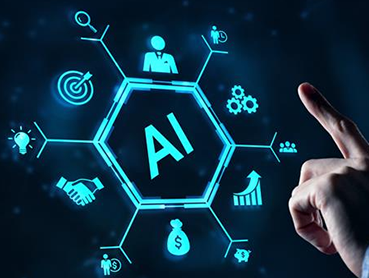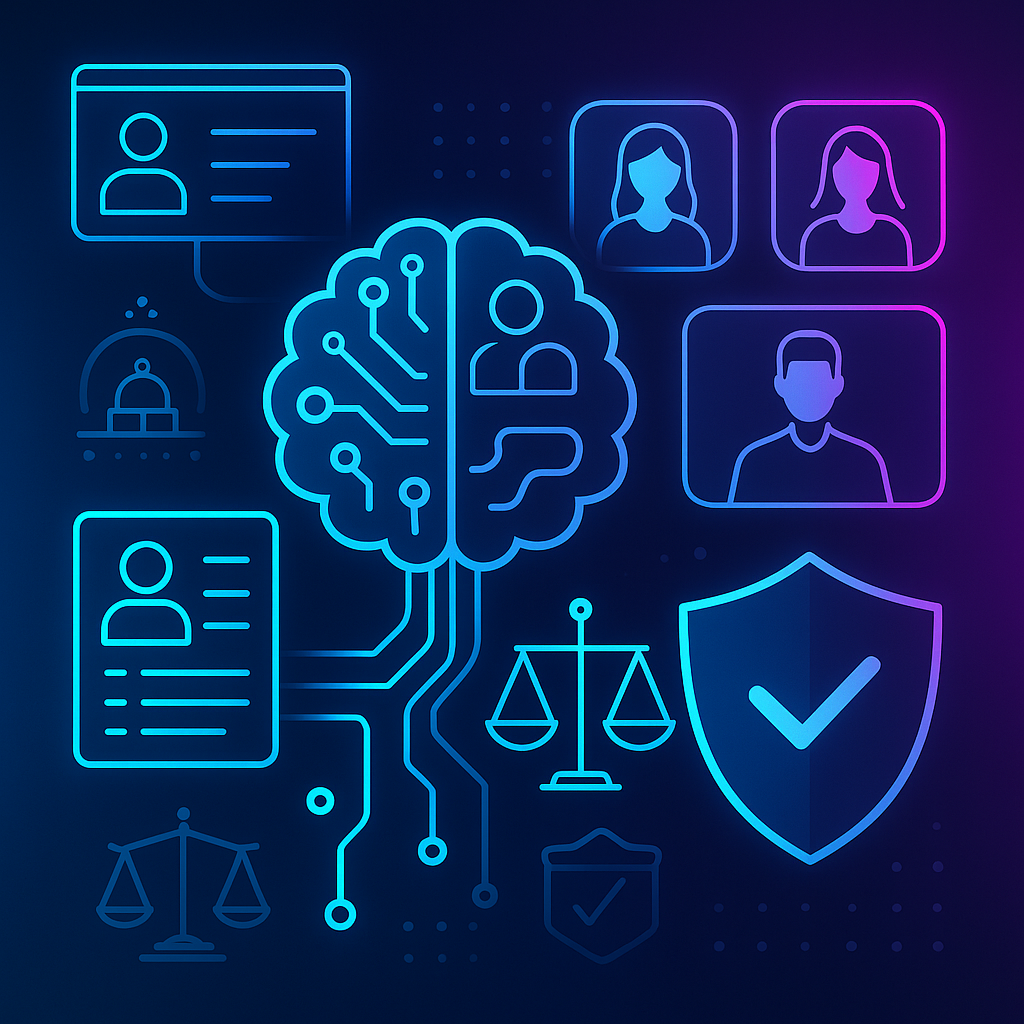Top 5 Talent Acquisition Trends to Watch in 2025
By nearly all accounts, talent acquisition is in a state of dysfunction. Employers are drowning in a sea of low-quality applications, unable to fill multiple open roles while their employees take on extra work. Highly qualified job seekers are displaying “Desperate” banners on their LinkedIn profiles, frustrated that the companies seeking their exact skillsets are somehow overlooking them.
There’s hope, though. AI is making waves as a recruiting tool that dramatically speeds up and simplifies the hiring process — for employers and candidates alike. From skills-based hiring to increased personalization, let’s look at a few AI talent acquisition trends for the new year.
1. Embracing Skills-Based Hiring Over Traditional Qualifications.
Previous job titles and education only tell part of a candidate’s story. The skills a person exercises in a given role can vary wildly, for example, even when the job title is the same. Similarly, a glitzy educational background can distract from a lack of necessary, role-specific capabilities.
Job titles and education aren’t meaningless, but they need more context. Employers can get this context from a recruitment strategy known as skills-based hiring, which is gaining ground thanks to its ability to help teams quickly find adaptable, high-potential candidates in shorter amounts of time. Statistics back this up:
- Companies that hire based on skillsets are 60% more likely than other companies to hire successfully.
- On average, skills-based hires stay with their organizations 9% longer than those hired using traditional metrics.
Demographic considerations back this up as well. Many young people, particularly those from disadvantaged backgrounds, are looking at the soaring costs of a four-year degree and deciding it’s not worth it. Instead, they’re acquiring skills through vocational programs or self-directed tech projects. Companies that don’t prioritize skills-based hiring will miss out on these talented (and diverse) applicants.
Thanks to AI-enhanced candidate assessments, it’s easier than ever to get a complete picture of what each candidate brings to the table. A combination of skill tests, cultural fit analyses, and personality questionnaires can point you towards the best people to interview and reduce your time-to-fill.
2. Using AI and Analytics for Data-Driven Decision-Making.
The thing that AI is really, really great at is crunching data. There are some humans who are fantastic at this as well, but they’re few and far between.
Trying to wrap your head around ALL the factors that could go into making one candidate more suitable than another will turn your brain to mush in no time. That’s why more and more recruiters are tapping into AI and predictive analytics to identify and prioritize candidates with the highest probability of success.
There’s really no other way to make the most of big data and market intelligence without getting overwhelmed. Predictive analytics dramatically speeds up the screening process without sacrificing thoroughness, so you won’t need to worry that you’re passing over excellent people. With AI-assisted recruiting tools like Leoforce Source, you can find top candidates faster and with greater accuracy — and then seal the deal before competitors woo them away.
For companies concerned about unconscious bias in the hiring process (and who isn’t?), the good news is that predictive analytics tools that are regularly reviewed and updated actually promote fair and equitable candidate treatment (more on this later).
3. Elevating the Candidate Experience Through Personalization.
The hiring process is a chance for your company to fully engage with job seekers and give them a taste of what it’s like to work for you. Candidates will be expecting a personalized touch, and — particularly in competitive fields — they probably won’t settle for less.
Harnessing the latest AI talent acquisition tools doesn’t mean letting go of what makes us human. Far from being at cross purposes, artificial intelligence and the art of human connection can work together to help you craft a personalized candidate experience that’s more effective than ever.
The incredible data-crunching ability of AI allows it to identify candidates’ individual preferences and job-relevant abilities, which it can then use to offer tailored communication. This is especially important when you’re trying to increase engagement during your passive talent outreach. When there are nearly a million more jobs open than active candidates in the U.S., getting the attention of people who aren’t actively looking for jobs can make all the difference.
Leoforce’s generative AI-driven features make it easier to customize outreach and track engagement. For example, Leoforce Source can generate personalized outreach templates based on a few sprinkled-in details from the candidate’s resume and then autonomously craft follow-up messages based on any response to the first.
Even better, the applicants in your talent pipeline won’t have to wait for days or weeks to learn about next steps with your company. AI chatbots and self-scheduling software work 24/7, keeping candidates continuously updated.
4. High-Volume Hiring with Efficiency and Precision.
If you’re in the healthcare or logistics sector, then you understand full well what it means to have constant demand for quick yet high-quality recruitment for high-volume roles.
The struggle is real, and it’s easy to get to the point where you start hiring low-quality candidates simply because time is running out. For this reason, AI talent acquisition tools that automate high-volume hiring needs are increasingly critical in helping you build a strong, capable team.
Leoforce Source’s automated toolkit helps manage high-volume hiring more effectively by continuously sourcing and ranking candidates to streamline the process. With Leoforce, you can identify top talent in your industry the very same day you list an open role. This can save your internal recruiters an average of 25 to 30 hours per month.
With fixed per-applicant pricing and zero commission fees, Leoforce’s Applicants On Demand solution is a fully transparent pay-per-performance model that cuts costs by as much as 30% per completed applicant.
5. Focusing on DEI and Building Inclusive Teams.
Recruiter bias is one of the most salient talent acquisition challenges of 2025. Despite increasing value placed on diversity, equity, and inclusion (DEI) initiatives, internal biases remain stubbornly difficult to eradicate.
In fact, the LinkedIn Gender Insights Report found that recruiters are 13% less likely to engage with women’s profiles that show up in the search results than with men’s, and they’re 3% less likely to send women InMail messages after viewing their profile.
These internal biases are a problem not only for society, but for the businesses themselves. Workforces that include people from a variety of backgrounds have been shown time and again to be associated with increased profitability, innovation, and tactful marketing. So, it pays for companies to find a way to be more objective with their hiring and build diverse, future-proof teams.
Leoforce boasts one of the industry’s largest proprietary talent databases, and 68% of these candidate profiles come from underrepresented backgrounds. Candidate masking capabilities and objective, data-driven insights keep bias out of the selection process and help you build a more diverse team.
There’s always some concern that AI-assisted recruiting could have built-in biases, which is why the good ones are always being proactively monitored to detect and eliminate these issues. Mitigating bias is much easier to do with an AI algorithm than it is with a human — so it makes more sense to trust a good AI talent acquisition tool for the initial screening steps.
Ready to turn these trends into action? Explore how Leoforce Source can help you streamline talent acquisition, improve hiring outcomes, and future-proof your recruiting strategy. Learn More About Leoforce Source.





